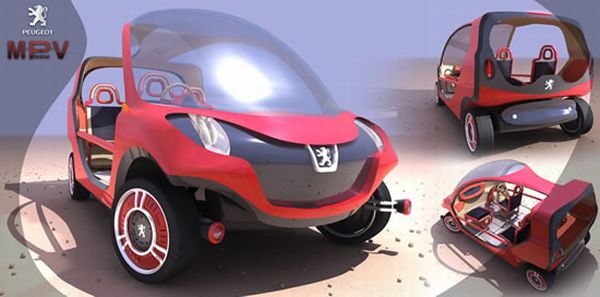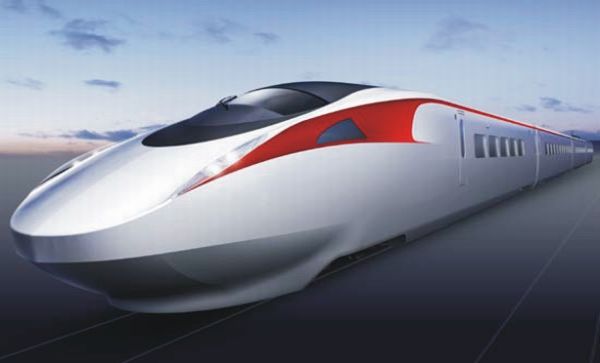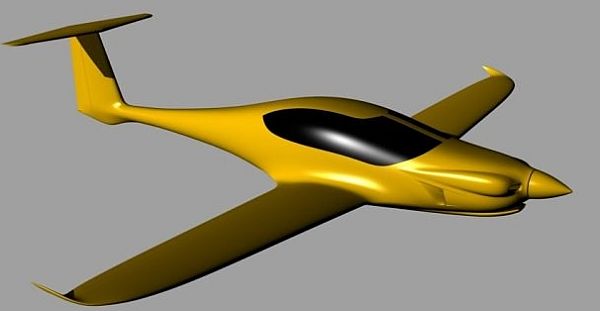
Whatâs Happening Right Now?
We all love to live luxurious life even if it is at the cost of environment. Airplane is a similar lavish means of commuting faster which emits greenhouse gases into the environment adding to the global warming. Airplanes use huge amount of fuel to fly therefore consume more scarce resources and pose more threats to atmosphere. Though various researches are being carried out across the world for making electric aircraft but most of these planes are experimental demonstrators.
Trends
1. Panthera Electric Aircraft
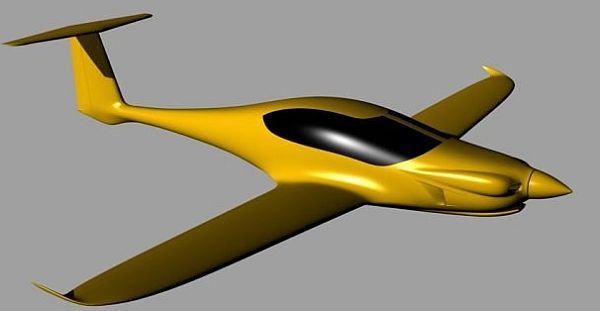
Pipistrel, a renowned Slovenian aircraft company has decided to make three new versions of Panthera electric aircraft after the success of Taurus G2 electric aircraft. The aircraft will come in electric, hybrid and petrol versions and will be light weighted. It hybrid aircraft is accepted to accelerate at 230 mph with 145 KW electric motor. It will consume 10 gallons per hour, accommodating four people at a time. This noiseless aircraft will definitely be Eco-friendly zero-emission plane with affordable price.
2. Electro Taurus
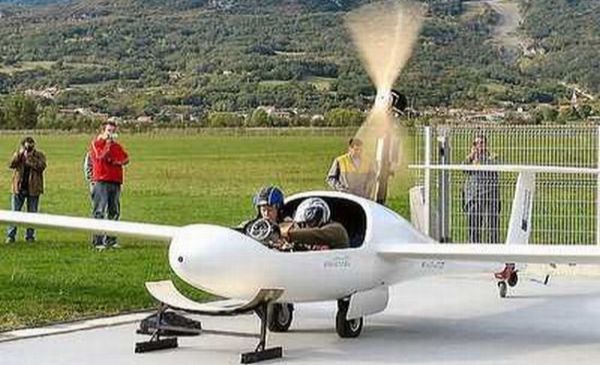
Electro Taurus is the worldâs first two-seated electric motor glider which could glide up to 3300 ft in 6 minutes. Its design and performance has been inspired from gas powered Taurus 503. It is a self-launch vehicle and offers an affordable and independent glide.
3. Yuneec E430

Yuneec with the motive of making contribution in the green aviation market is planning to launch a fully electric airplane â The E430. Belonging to the class of Light-sport aircrafts E430 will have a dual seat arrangement and 230 V power socket. A single charge can keep the plane up for two and a half hour. They will be priced at $89,000 and are expected to hit the market next year. The planeâs first flight in Shanghai, China was really successful. It has 40 KW motor fueled by 72 kg lithium polymer battery which helps in reducing noise and vibrations.
4. eGenius Electric Aircraft

The zero-emission eGenius concept was designed by the scientists from the University of Stuttgart’s Institute of Aircraft Design. Its first twenty minutes flight from Germany was triumphant. Power by 60 KW electric motor the aircraft can carry two passengers at a time accelerating to the highest speed of 146 mph for up to 248 miles.
The Concept
The motive behind using electric motors in planes is to lower the carbon emission and increase efficiency. The electric-motored planes are much lighter in weight as compared to conventional planes and produces better peak power. This is because electric motors can produce up to 300% of rated power for take offs, short durations and other critical situations. The performance of electric motor planes is not dependent on altitude therefore they do not suffer any loss because of high altitudes. There is no point in worrying for carburetor icing and fuel contamination.
The Advantages
The electric-powered aircraft have many benefits over conventional ones. They are more reliable, more efficient and produce less carbon waste. Maintenance cost is low and they do not pose environmental hazards and use renewable electricity. Moreover, electricity prices are much more stable than fuel prices. The electric motors can be 90 percent efficient depending upon their designs.
The Impact
The global aviation industry spends approximately $200 billion on fuel and this expenditure can be significantly reduced by shifting to electric-motor aircraft. Electric aircraft are safer to ride as there is no risk of engine damage while take-off. There is great reduction in the noise produced by aircraft while landing or taking-off. Overall airport capacity is expected to improve as there would be no longer requirement of runways and expenditure incurred in maintaining them.



